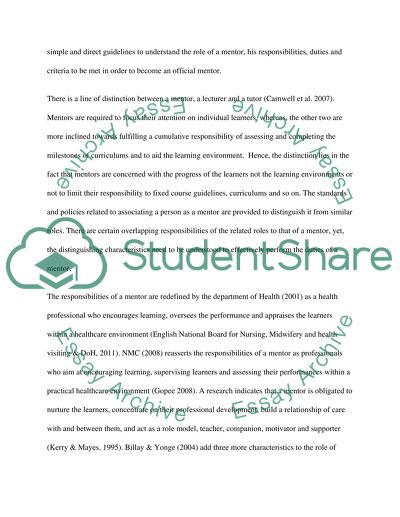Cite this document
(“Mentors: An Analysis of Roles, Responsibilities and Duties Essay”, n.d.)
Retrieved de https://studentshare.org/nursing/1394266-mentors-an-analysis-of-roles-responsibilities-and-duties
Retrieved de https://studentshare.org/nursing/1394266-mentors-an-analysis-of-roles-responsibilities-and-duties
(Mentors: An Analysis of Roles, Responsibilities and Duties Essay)
https://studentshare.org/nursing/1394266-mentors-an-analysis-of-roles-responsibilities-and-duties.
https://studentshare.org/nursing/1394266-mentors-an-analysis-of-roles-responsibilities-and-duties.
“Mentors: An Analysis of Roles, Responsibilities and Duties Essay”, n.d. https://studentshare.org/nursing/1394266-mentors-an-analysis-of-roles-responsibilities-and-duties.


